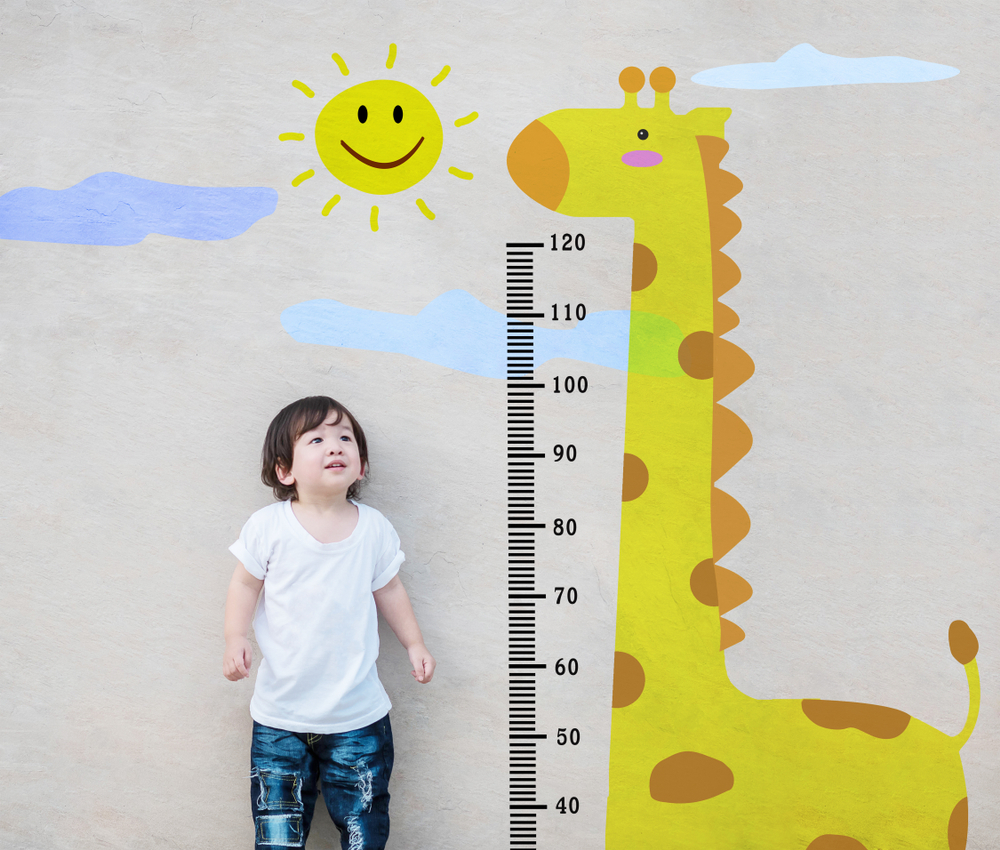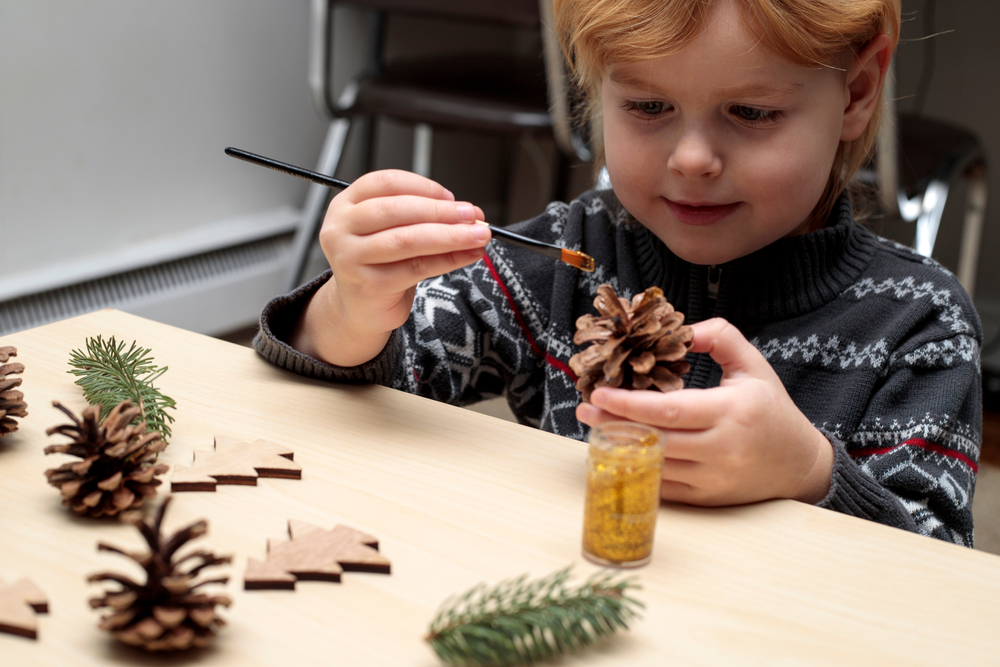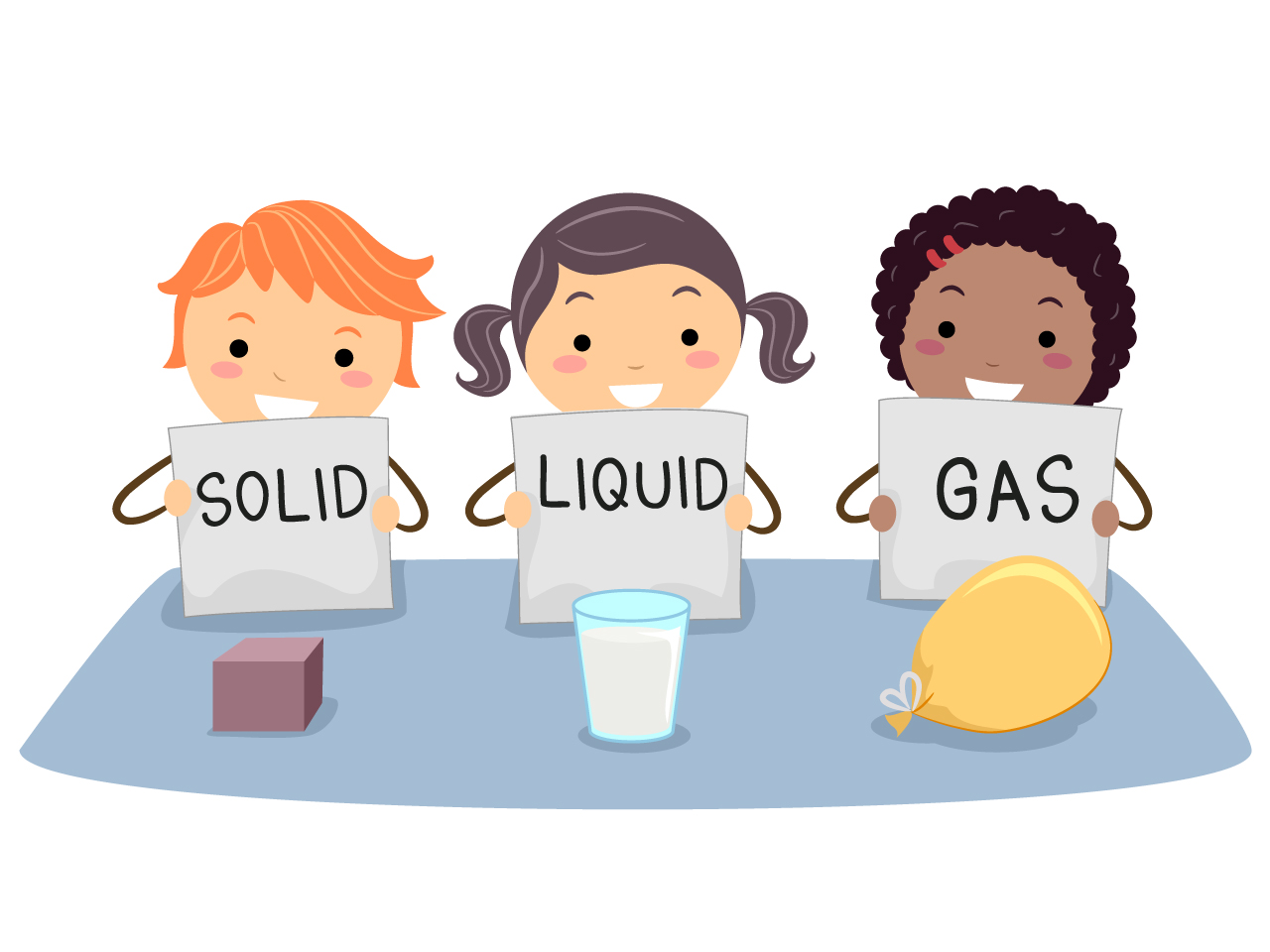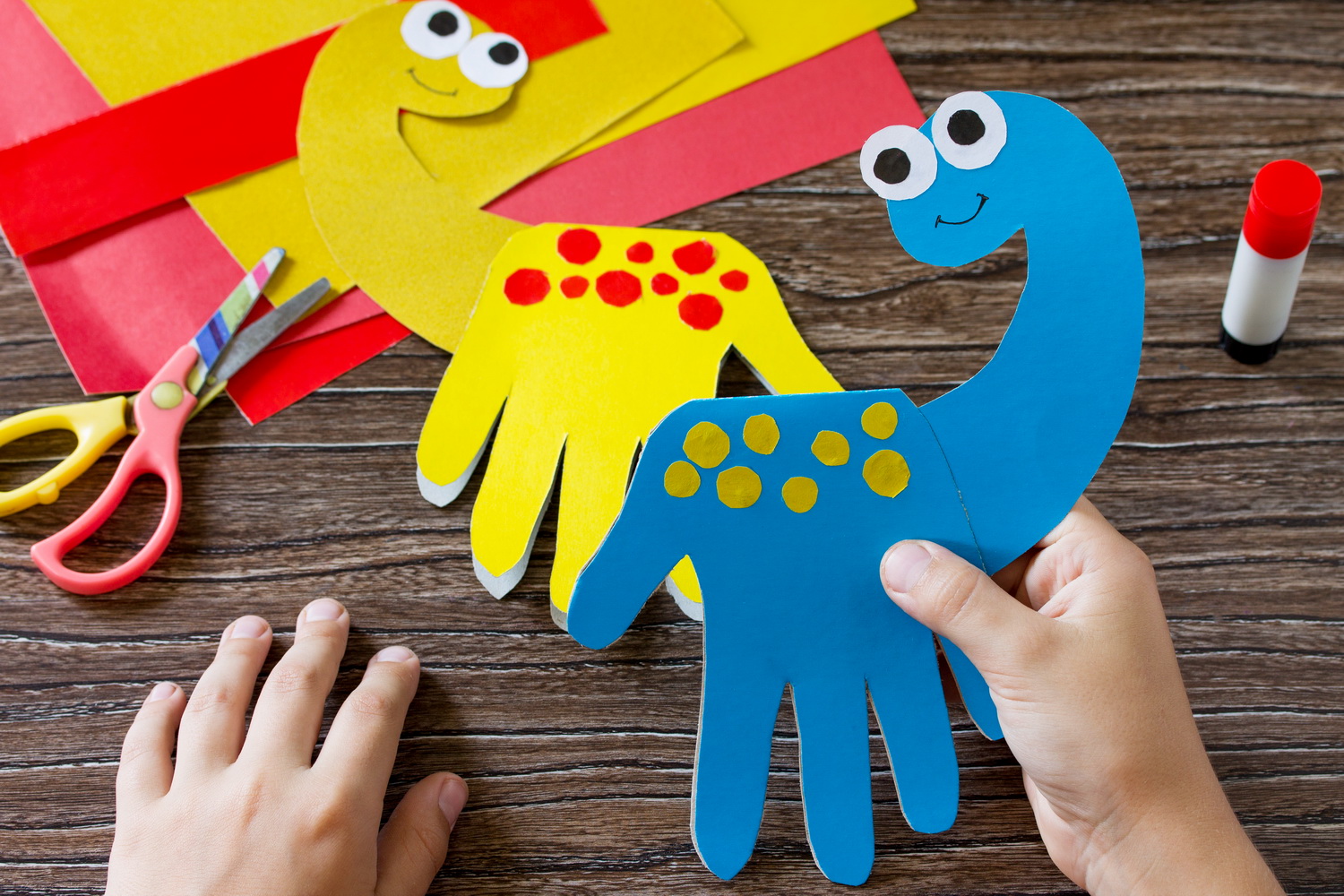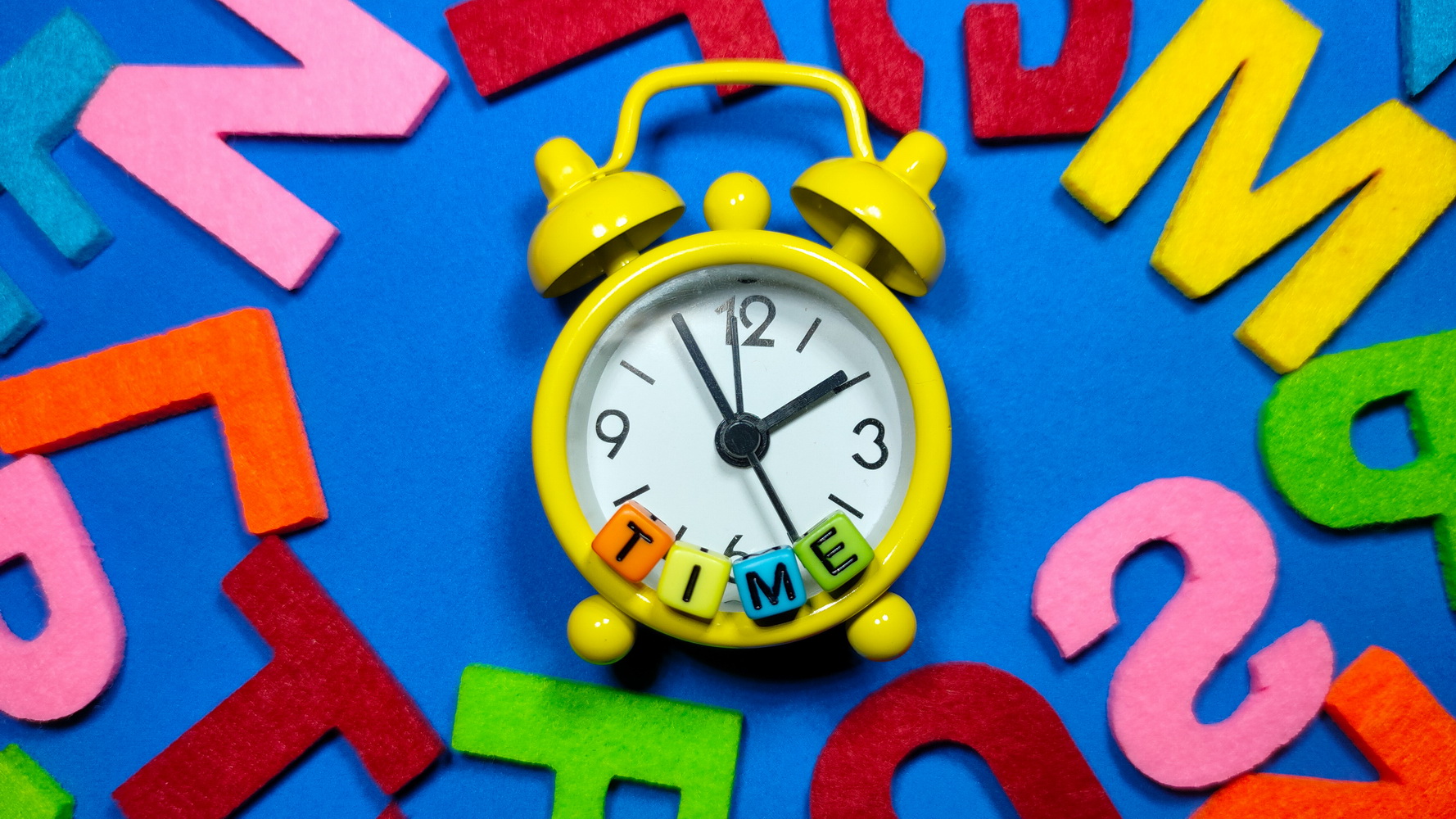Toddler`s Speech Development at the Age of 2‑3
Sept. 13, 2021
Toddler`s speech development at the age of 2‑3 is characterized by a number of distinctive features, in which several parameters can be conditionally distinguished:
- in developing sound pronunciation ‑ pronounces sounds [e], [f], [v], [t], [d], [n], [g], [k], [h], [i];
- understands the meaning of adverbs of place, uses them in speech (high - low, far - close);
- uses the verbs that describe simple actions: rides, drinks, sits, lies, etc.;
- uses the names of main colours (red, blue, yellow, green) and size (small, large);
- knows the names of vehicles (a train, a bus);
- knows the names of plants (a bush, a tree, flowers), fruits (an apple, an orange, a banana), vegetables (a cabbage, a tomato, a cucumber), animals (a cat, a dog, a cow).
By the age of 3, a toddler should know 800 ‑ 1300 words.
To stimulate speech development at this age:
1. Continue improving fine motor skills
As in the previous age period, show a toddler an example of movements or perform "passive" gymnastics, i.e. help a toddler move his fingers until he learns which movements should be performed:
- "birds came": cross your hands and flap them like wings;
- "a fish is swimming": bring your palms together and make wave-like movements;
- "let's warm our hands": put the right hand on the left one and rub it on top and on the side of your palm. Change your hands.
- "fingers went out for a walk": "step" with the help of two fingers on the table;
- "wave a fan" – splaying your fingers, imitate the movements of a fan.
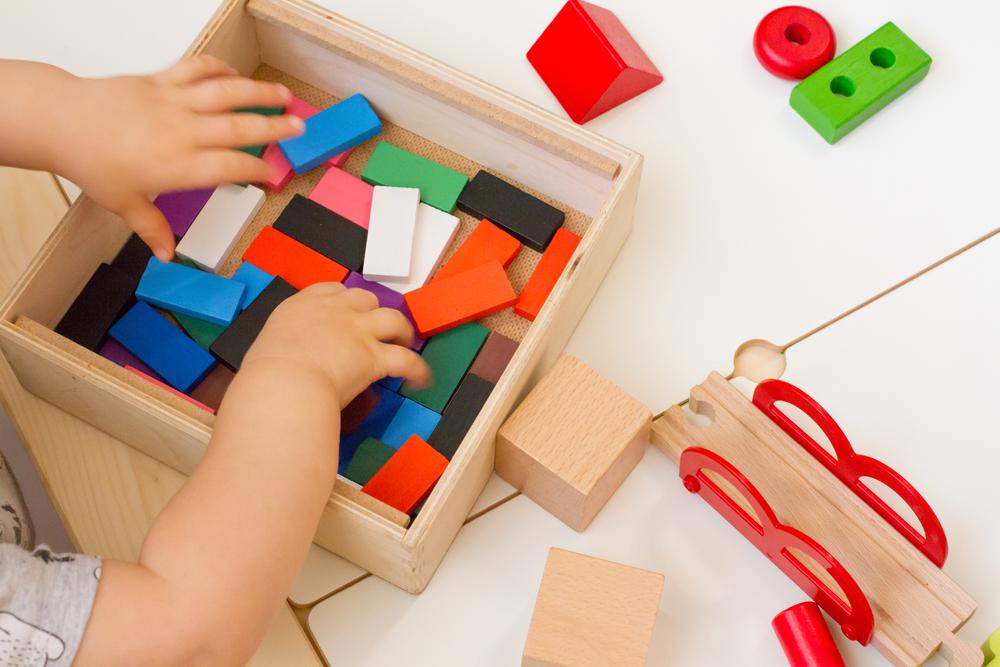
2. Develop smooth exhalation:
- blow on a strip of paper;
- blow away an inflated balloon, a cotton ball from the surface (e.g. a table);
- blow on your mum`s (and your own) palm;
- sing a song: take a breath and while exhaling sing one of the vowels [a:]-[a:]-[a:]-[a:] or [u:]-[u:]-[u:]-[u:]. It`s necessary to take into consideration that this activity may be tiring for a toddler. That`s why it should be alternated with others (e.g. with finger gymnastics).
3. Develop phonemic hearing:
- game "What is sounding?" – you demonstrate how 2 different objects sound (e.g. a drum and a bell, a rattle, and a tuning fork). A toddler listens to, then closes his eyes. After one more listening with the closed eyes, he should guess what object has sound.
- the game "Long - short". A toddler is given two strips of paper. There is a long stripe on one of them and there is a short stripe on the other one. An adult produces a sound with any musical instrument: a pipe, a piano. (The sound should be either long (at this time an adult demonstrates a long stripe) or short (an adult demonstrates a short stripe). Then a toddler while listening to the sound should determine which sound is long or short on their own and demonstrate the corresponding stripe.
4. Continue improving the functioning of speech organs, i.e. doing articulatory gymnastics.
Remember: before carrying out articulatory gymnastics, it is advisable to carry out a facial massage. As well, here you can read about massage and finger stimulation as a means of enhancing a child's speech development.
Articulatory gymnastics is carried out in front of a mirror. An adult shows an example of the exercise to a toddler, and the toddler repeats (by imitation) the movements of the adult`s lips and tongue. The following words should be pronounced: look at me in the mirror (!), do as I do:
- take a breath, take air into your mouth, "inflate your cheeks, then slowly "blow out your cheeks" releasing air through your mouth (make your lips like a "tube", as if you are pronouncing the sound [o:]);
- open your mouth, slowly stick out your tongue and also slowly "hide" your tongue in your mouth (close your mouth);
- alternately "inflate/deflate" the left and right cheeks;
- "watch: tick-tock": the mouth is half-open, the tongue touches the right/left corner of the mouth;
- "brush your teeth" with a tongue: the mouth is open, you move your tongue over the upper teeth, then along the lower ones.
Enrich toddler`s passive vocabulary

It is better to do this activity thematically and in everyday situations. For example, if a toddler is present while you are preparing dinner, show and name vegetables: a potato, a cabbage, a carrot. Pay attention to the colour and shape. Add related analyzers ‑ tactile, olfactory, gustatory. It means let a toddler touch, smell, and taste. Simultaneous stimulation of several analyzers improves the process of remembering the names and properties of objects.
Theming helps the gradual formation of generalizing concepts. In the example described above it will be the word VEGETABLES.
The same technique is used in the formation of other generalizing concepts: FRUIT, FURNITURE, CLOTHES, etc.
Remember: activities in stimulating speech development will be successful if a toddler has ALREADY mastered the previous stage of his speech development.
About the author
Germany, Ratingen.
Literature and References:
1. Popova, G. P. Finger games and exercises for children aged 2-7 years old / G.P. Popova. – M. : Teacher, 2017. – 151 p.
2. Consultation for parents "Finger gymnastics" [Electronic resource]. ‑ Mode of access: https://kopilkaurokov.ru/doshkolnoeObrazovanie/prochee/konsul-tatsiia-dlia-roditieliei-pal-chikovaia-ghimnastika. – Date of access: 10.09.2021.
3. Sotnikova, I.G. "Why are finger games needed?": consultation for parents [Electronic resource] / I.G.Sotnikova. ‑ Mode of access: https://nsportal.ru/detskiy-sad/materialy-dlya-roditeley/2018/09/23/zachem-nuzhny-palchikovye-igry-konsultatsiya-dlya . – Date of access: 10.09.2021.
4. Ragulina, O.V. Consultation for parents:"Toddlers` Speech development at the age of 2 -3" [Electronic resource] / O.V. Ragulina. ‑ Mode of access: https://sch1273uz.mskobr.ru/files/rechevoe_razvitie_detej_2-3_let.pdf. – Date of access: 10.09.2021.
5. Sprach- und Sprechentwicklung Hörbeispiele[Electronic resource]. ‑ Mode of access: https://www.dbl-ev.de/logopaedie/normale-entwicklung/sprach-und-sprechentwicklung. . – Date of access: 10.09.2021.
6. Sprachentwicklung im dritten Lebensjahr[Electronic resource]. ‑ Mode of access: https://www.kindersprache.org/unit/kindersprache/sprachentwicklung/dritteslebensjahr. – Date of access: 10.09.2021.
7. Pigasova A. G. Speech therapist work with parents / A.G. Pigasova // Defectology. ‑ 1985. ‑ # 5. – P. 74-76.



